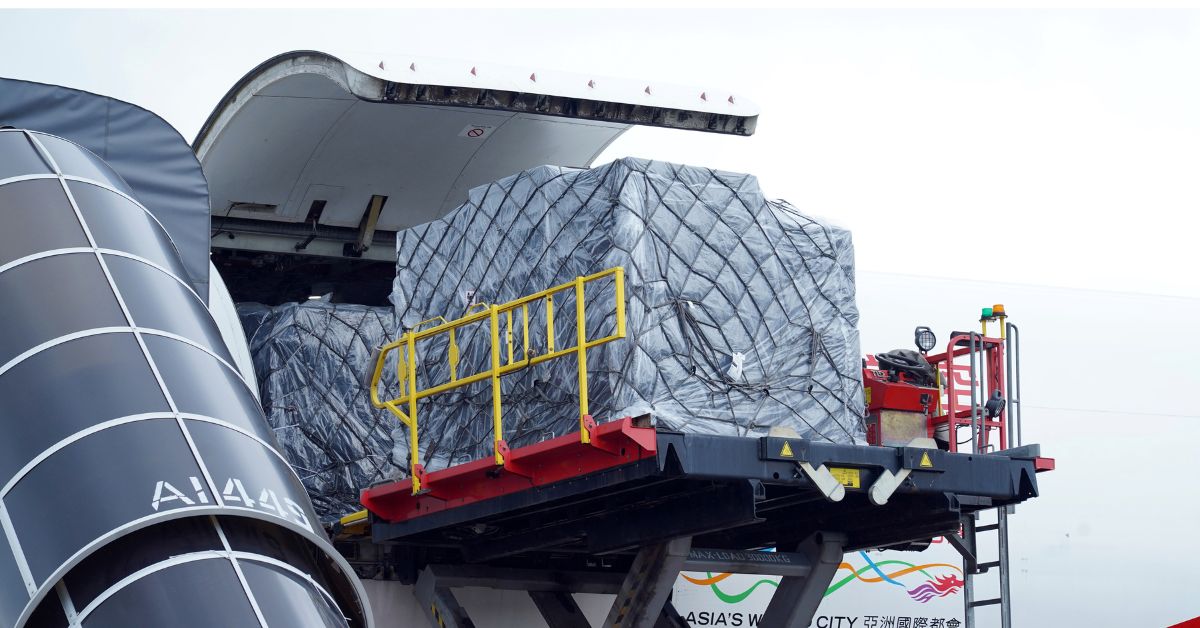A major practice that slows down the movement of cargo at Indian airports is the rescreening of cargo as part of the security regulations, be it domestic or international. A cargo being sent from Malaysia to Dubai, via transit through Mumbai has to be opened up and screened before it is again put forward for the final leg of its journey. Such formalities are said to be slowing down the movement of cargo and create headwinds to the growth of volumes being moved at Indian ports. Such tedious processes also increase the cost of logistics making Indian airports less productive as compared to their international peers.
Industry experts opine, complete elimination of manual interventions and paperwork, complete digitisation of transhipment documentation, removing duplication efforts like double screening of cargo can hasten shipment movement to match global standards. At major global cargo airports, the share of transhipment cargo movement is about 40% of the total cargo moved, but at the Delhi airport, which has positioned itself as southeast Asia’s leading cargo hub, the share of transhipment cargo as part of the total cargo moved is stuck at 10%.
The other challenges on the ground include low frequency of connecting flights for moving cargo to its destination, and speed limits imposed for movement of tractors and trollies carrying pallets.








